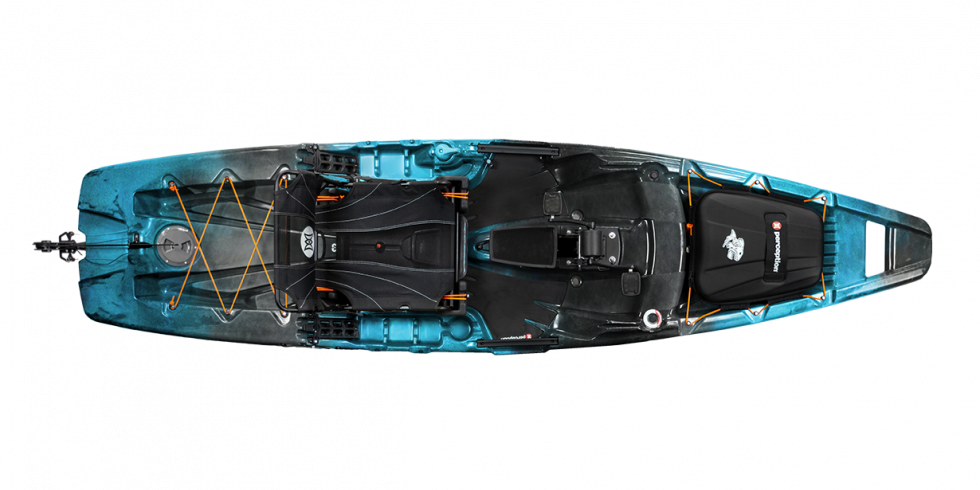
Kayaking 101
Transporting Your Kayak - OLD
Roof Rack
A crossbar roof rack (or “sports rack”) for your vehicle is the best method of transporting a kayak. It should be lashed down at each crossbar, as well as at the bow and stern to each end of the vehicle. Kayak cradles are recommended for boats being transported “flat” to lessen chances of deformation from being lashed too tightly to the bars. Rotomolded kayaks can be transported on their edge or upside down (hull up) safely using kayak stackers. However, composite kayaks should always be transported on their bottom using cradles to prevent deformation.
Using Foam Block Racks
Foam block racks can be used for short distances or lower speed transportation. They should be wide enough for adequate support, as well. Use extra caution with foam blocks as they are not as secure as cross-bar racks. Foam blocks also make it essential to tie off the bow and stern of the kayaks directly to the vehicle.
Inclement Weather
If traveling when inclement weather is threatening, position the kayak upside down if possible. A kayak heavy with water can become dangerous. Use a portage cover to seal the cockpit if an upside down position is not possible. Periodically check your straps to ensure they have not stretched while wet.
Important:
It is recommended to always stop shortly after the start of your trip to make sure all fittings and connections are secure.

